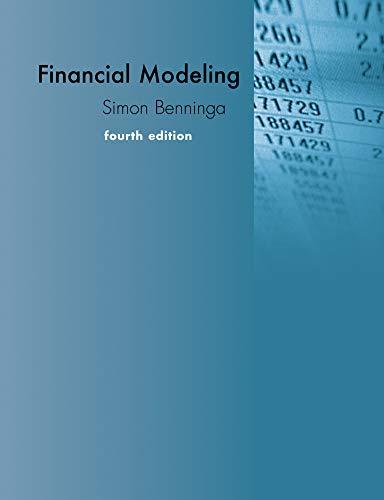| 3.435% Risk that CAN BE eliminated through proper diversification is called _____. Answer | | market risk | | | firm-specific risk | | | systematic risk | | | non-diversifiable risk | GIVEN: Spot Rate: 1 X = 1.02 Y 30 Day Forward Rate: 1 X = 1.15 Y Your currency is "X" and you will be paying 345Y. You would ____ because _____. Answer | | pay now; of the irrelevance of payment time | | | pay now; it will take less "X" | | | pay in 30 days; it will take less "X" | The amount of one currency needed to purchase one unit of another currency is the _____. Answer | | derivative rate | | | exchange rate | | | backwardation rate | | | over-the-counter rate | The price of an option is called a(n) _____. Answer | | expiration cost | | | holding cost | | | premium | | | proceeds | When a futures contract expires, the parties usually _____. Answer | | have a party when losses are low | | | take delivery of the contract asset | | | do a cash settlement | | | swap off liabilities. | When a forward contract expires, the parties will _____. Answer | | have a party when losses are low | | | deliver the contract asset | | | do a cash settlement | | | swap off liabilities. | Any asset whose value is derived from the value of some underlying asset is a(n) ____. Answer | | derivative | | | primary capital | | | spot asset | | | intermediary asset | Which of the following is not traded on an exchange? Answer | | options | | | futures | | | forwards | | | they are all exchange-traded | A system under which a country's exchange rates are tied to another currency by government policy is _____. Answer | | floating exchange rates | | | pegged exchange rates | | | convertible exchange rates | | | forward rates | One of the _______ for business with a floating exchange rate system is the _______ planning business activities in an international market. Answer | | disadvantages; difficulty of | | | advantages; easiness of | | | irrelevant situations; normal | | | none of the above | U.S. dollars deposited in foreign banks are called _____ and interest paid on these deposits is normally tied to _____. Answer | | non-foreign deposits; FED funds rate | | | indirect dollars; Discount Funds Rate | | | Eurodollars; LIBOR | | | none of the above | ____ is a disadvantage of the gold standard. Answer | | Excess currency slowing economic growth | | | Excess inflation | | | A non-variable beta | | | Lack of currency to promote continued economic expansion | A monetary system in which paper money can be converted directly to gold is a(n) ___. Answer | | dollar backed float | | | gold standard | | | currency float | | | Americanized gold standard | | | none of the above | Reason(s) for the Great Depression following the Great War include: Answer | | trade protectionism | | | isolationism | | | nationalism | | | all of the above | | | none of the above | An agreement between the WW II allies in 1944 designed to prevent the problems leading to the Great Depression and WW II and to rebuild Asia and Europe was the _____. Answer | | Armistice of 1945 | | | Bretton Woods Agreement | | | Lend Lease Act for Asia and Europe | | | none of the above | A derivative is used to ____ thereby _____. Answer | | float; gaining excess currency for expansion | | | peg currency; improving trade with a primary partner | | | hedge; reducing/eliminating risk | | | none of the above | Easier business planning is an advantage of the ______ system. Answer | | mixed exchange rate | | | floating exchange rate | | | derivative exchange rate | | | gold standard | | | none of the above | ____ is the chance that some unfavorable event will occur. Answer | | Expected return | | | Risk | | | Coefficient of variation | | | Correlation | | 





